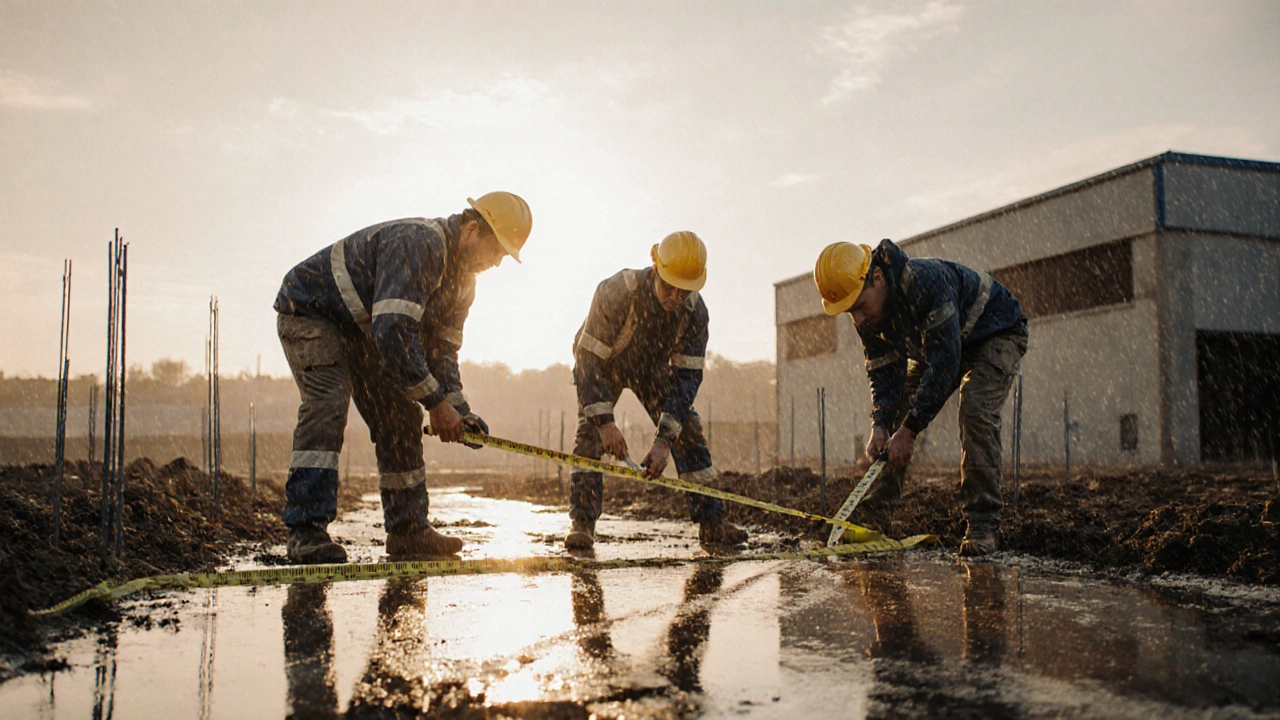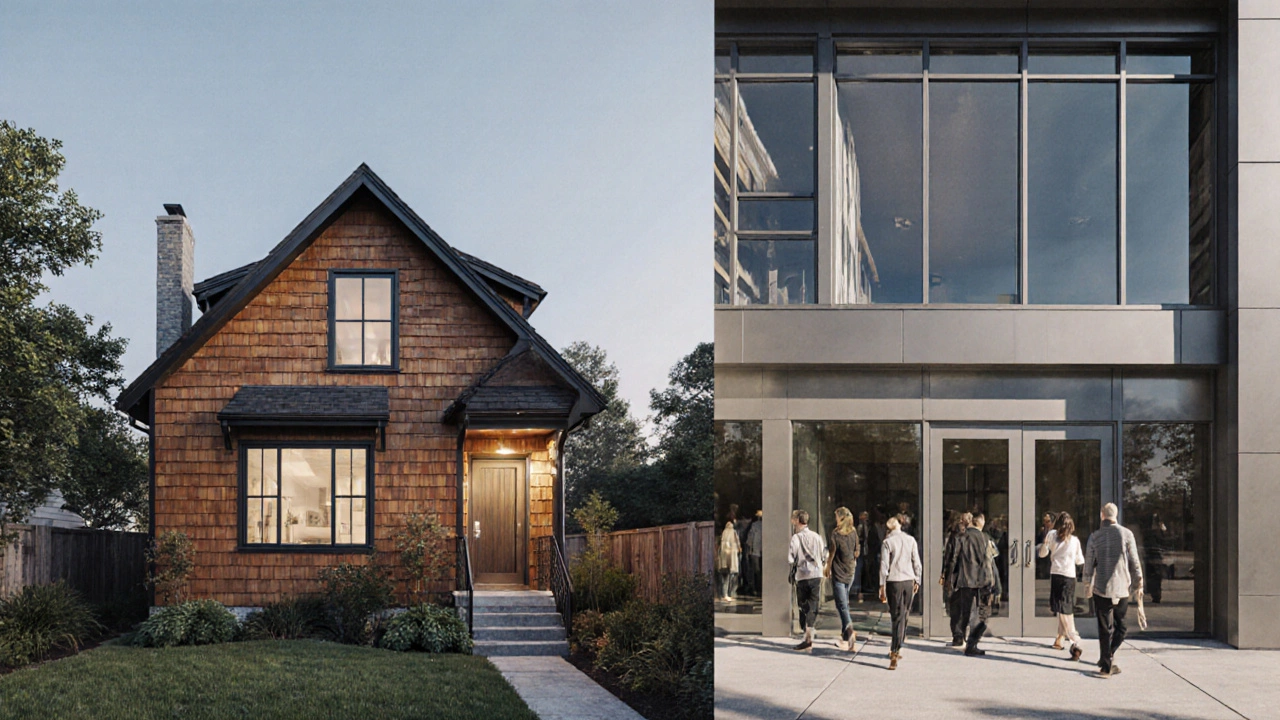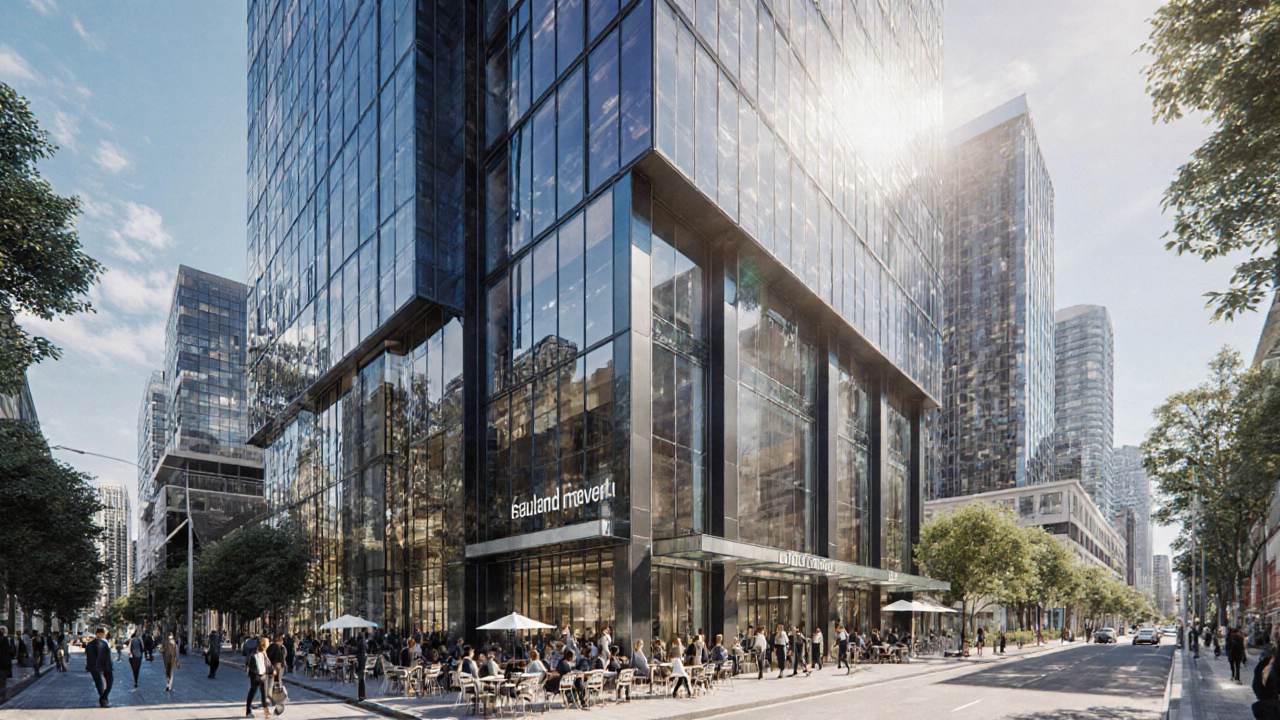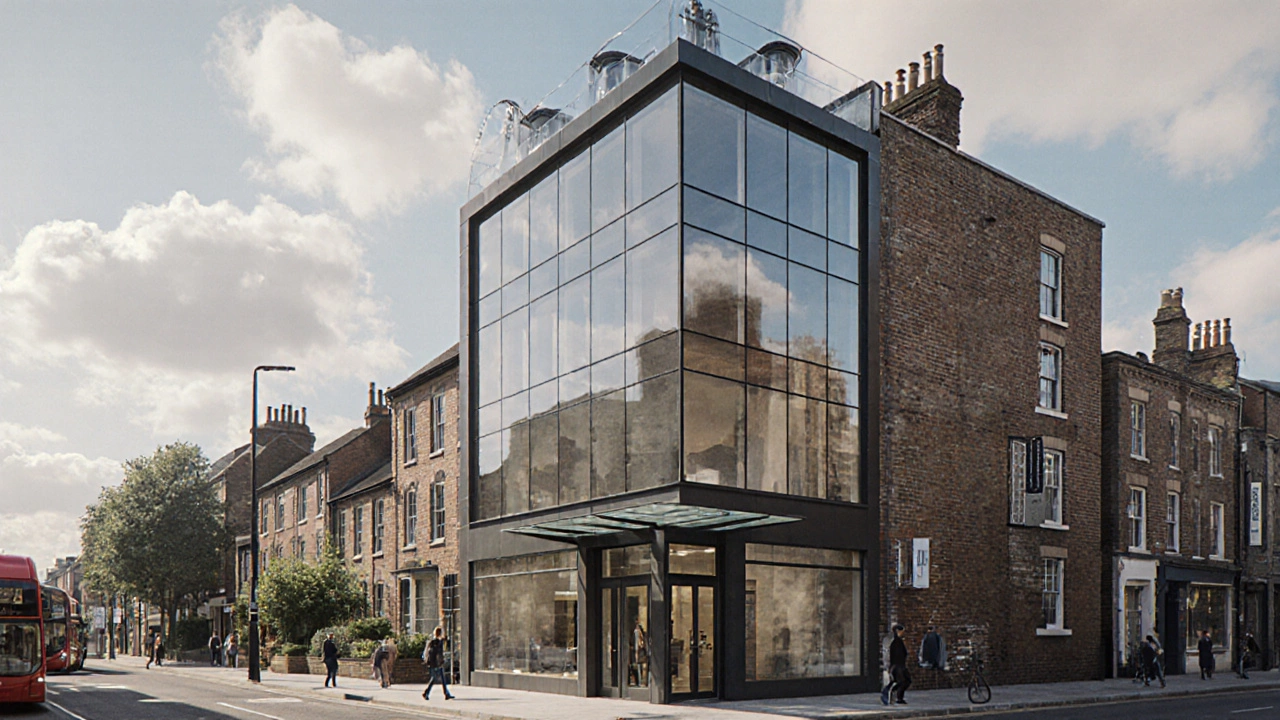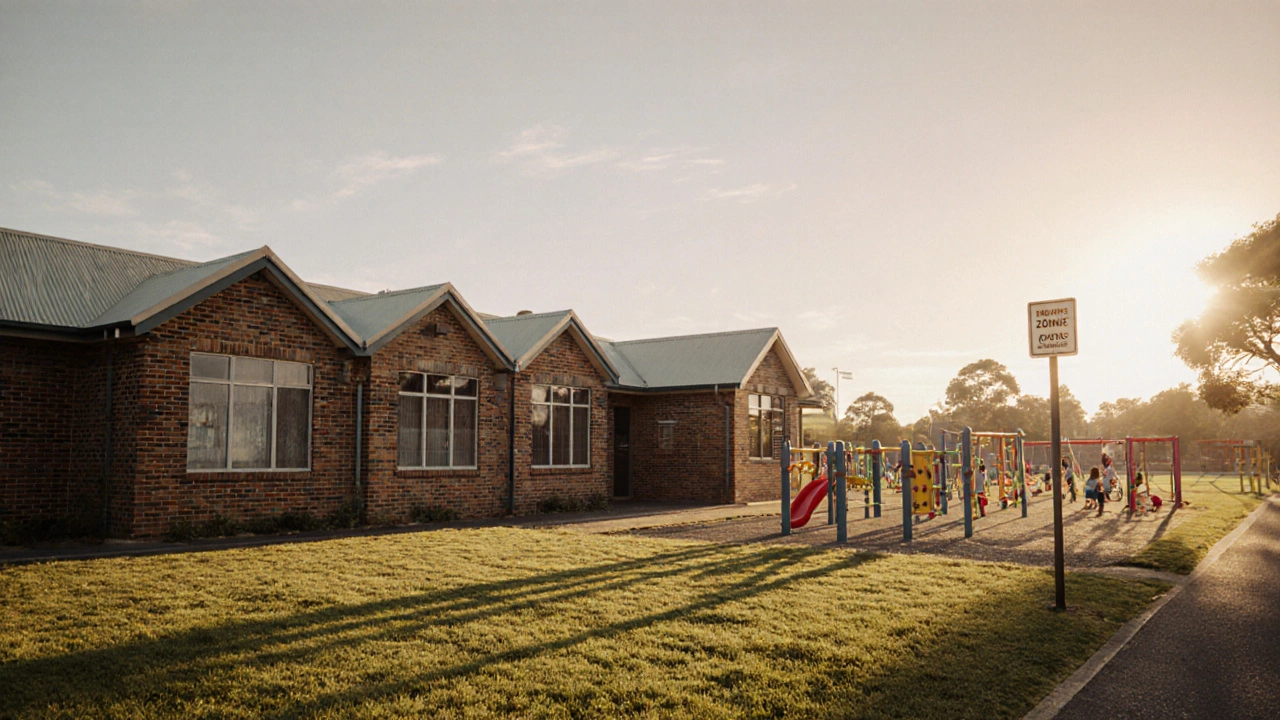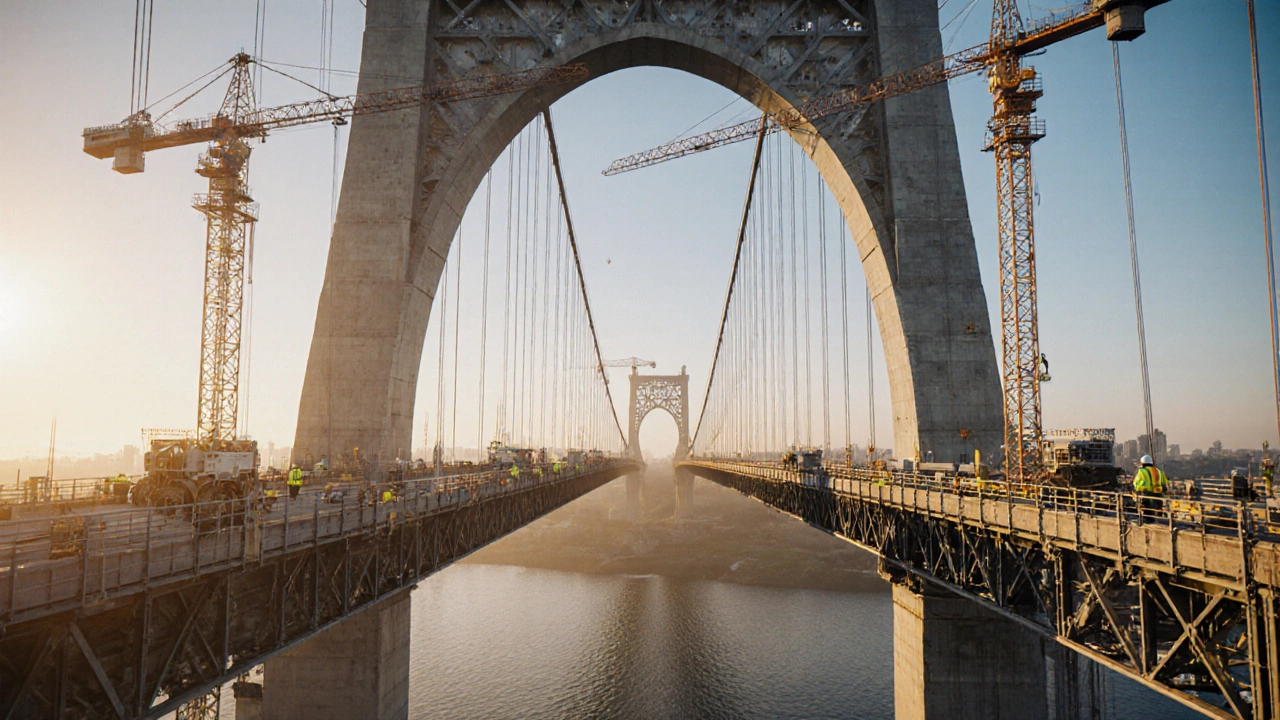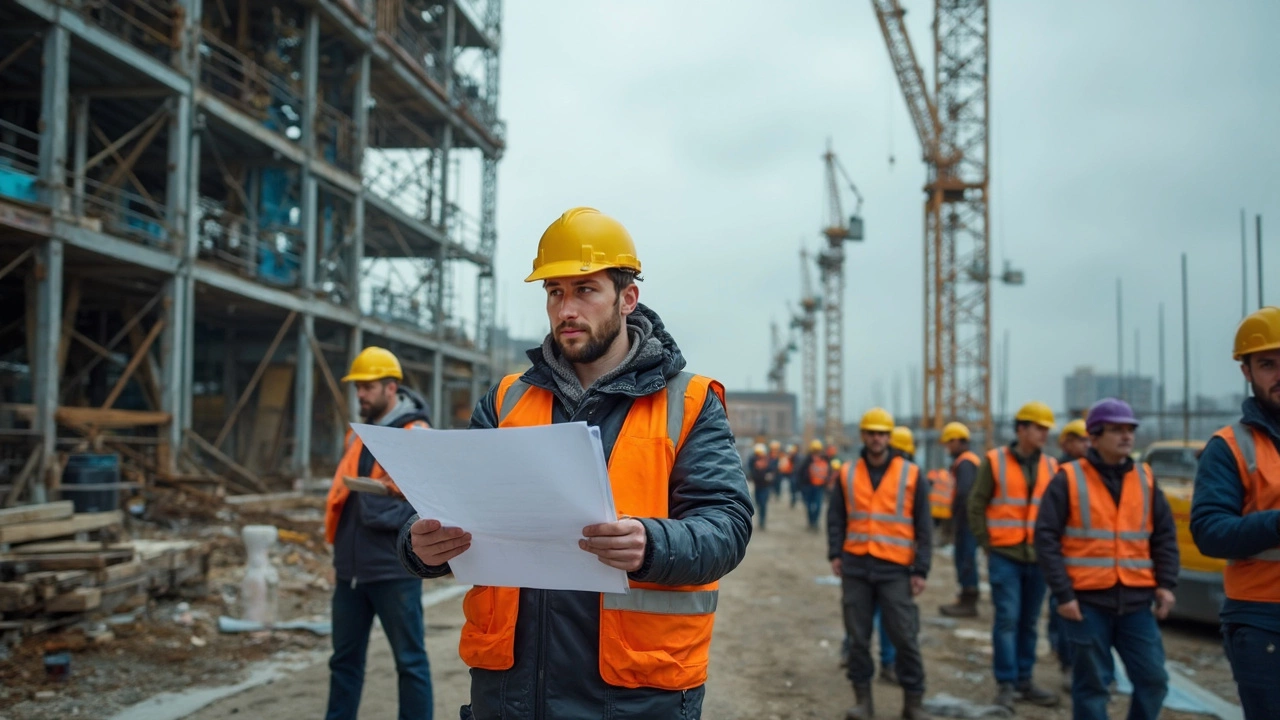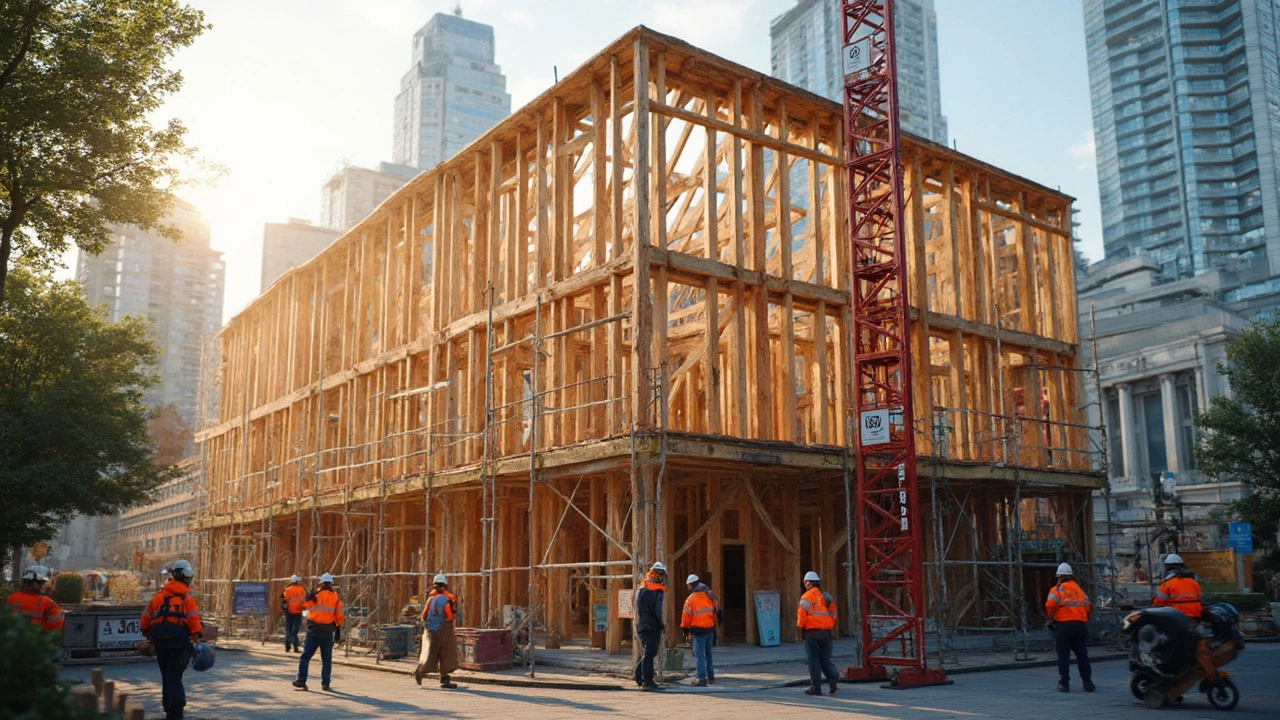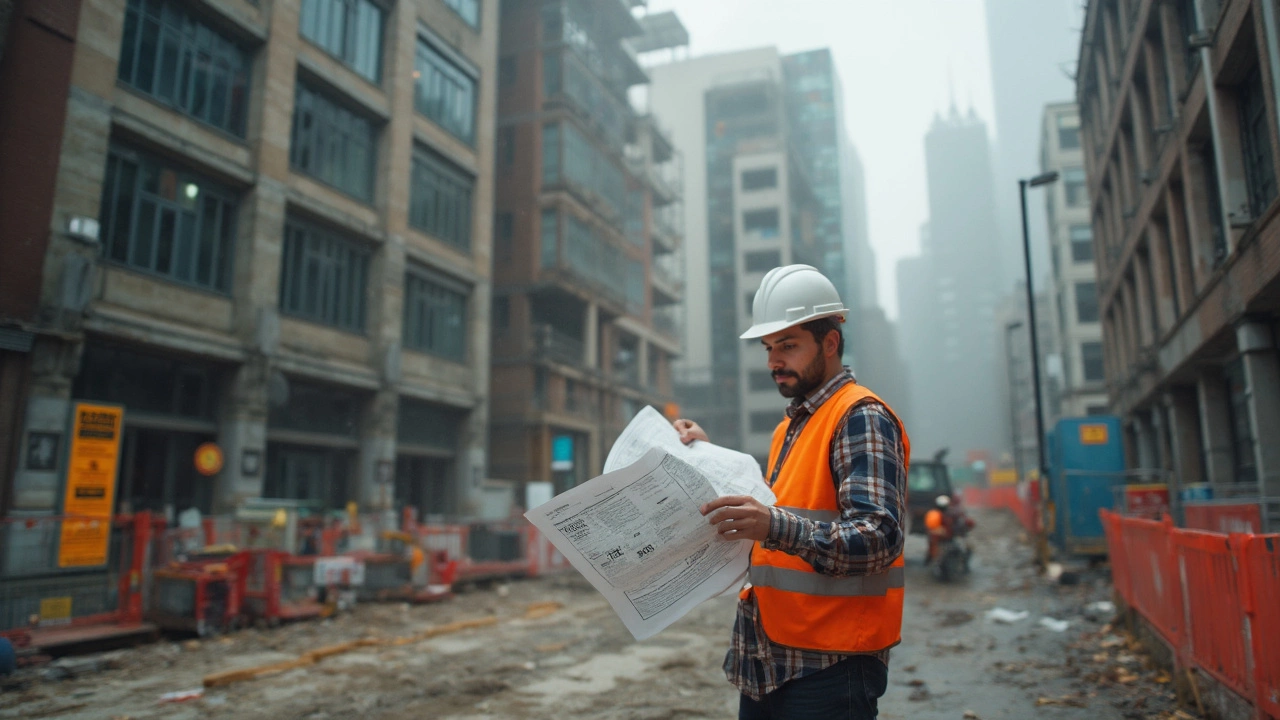Commercial Construction: What It Is, How It Works, and Why It Matters
When you think of commercial construction, the process of building structures meant for business use, like offices, stores, hotels, or schools. Also known as non-residential construction, it’s not just about putting up walls—it’s about meeting strict rules, handling heavy foot traffic, and planning for long-term use by the public or employees. Unlike homes built for comfort, commercial buildings are designed for function, safety, and efficiency. They need to support hundreds of people daily, carry heavy equipment, comply with fire codes, and often last decades with minimal downtime. This isn’t a DIY project. It’s a complex system involving permits, specialized materials, and contractors who know how to navigate zoning laws and building classifications.
One of the biggest differences? commercial building, any structure used for business purposes, from a small retail shop to a 30-story office tower. Also known as non-residential property, it’s defined by how it’s used, not how big it is. A small dental office counts as commercial. So does a warehouse. But a single-family home, even if it’s huge, doesn’t. That classification affects everything: insurance, taxes, construction materials, and even how you get financing. building codes, the legal standards that dictate how structures are built to ensure safety and accessibility. Also known as construction regulations, they’re stricter for commercial spaces because more people are at risk. You can’t just use wood framing like you might in a house. Type 5 construction might work for a small storefront, but a shopping mall? You’ll need steel, concrete, or fire-resistant materials. And if you’re building a school, the rules change again—especially in places like New Zealand, where classifications impact everything from fire exits to insulation.
There’s also a big gap between commercial construction and civil construction, which handles infrastructure like roads, bridges, and water systems. Also known as public works, it’s funded by governments and serves the public directly. Commercial projects are usually private investments—think a developer building a new restaurant chain. The money comes from investors or loans, and the goal is profit, not public service. That’s why costs are higher: longer timelines, more permits, higher insurance, and specialized labor. You’re not just paying for bricks and mortar—you’re paying for compliance, safety systems, and expertise that residential builders don’t need.
What you’ll find below is a clear, no-fluff collection of articles that cut through the confusion. We break down what counts as commercial, how different construction types affect your budget, why certain materials are required, and how zoning and federal rules shape what you can build. Whether you’re a business owner planning a new location, a contractor trying to understand code changes, or just someone curious why a school feels so different from a house, these posts give you the facts you need—without the jargon. No theory. No fluff. Just what works.
What Is the 3-4-5 Method in Building Construction?
The 3-4-5 method is a simple, reliable way to create perfect right angles in building construction using basic math and a tape measure. It's used by contractors worldwide to square foundations, walls, and frames without expensive tools.
What Is the Major Difference Between Residential and Commercial Construction?
The major difference between residential and commercial construction lies in purpose, codes, materials, and scale. Homes are built for comfort; commercial buildings are built for function, safety, and high traffic.
Commercial vs Industrial Construction: Key Differences Explained
Learn the core differences between commercial and industrial construction, covering purpose, design focus, costs, regulations, and real‑world examples.
Defining a Commercial Building: Key Features & Requirements
Learn what defines a commercial building, from zoning and occupancy codes to design features, financial metrics, and a quick checklist for identification.
Is a School Built as Commercial or Industrial? Understanding NZ Building Classifications
Learn whether schools are classed as commercial or industrial in NZ, how this impacts zoning, building code compliance, fire safety, and insurance.
Civil vs Commercial Construction: Key Differences Explained
Explore the key differences between civil and commercial construction, from project purpose and funding to permits, design standards, and budgeting, with a handy checklist and FAQs.
Lower Tier Contractors Explained: What They Do and Why They Matter in Construction
Learn what a lower tier contractor is, how they fit into the construction industry, common roles they play, and what you should watch for when managing them.
Type 5 Construction: What Is It Called in Commercial Building?
Curious about Type 5 construction? This article breaks down exactly what it means, why it's called 'wood-frame,' and where you'll spot it in commercial builds. We cover the nuts and bolts, the main rules, and what makes Type 5 different from the other types. You'll get practical tips about fire safety and insurance, plus learn which projects are a good fit for this approach. Perfect for anyone puzzled by the building code jargon or planning a commercial project on a budget.
Type C Construction: What It Means for Your Building Project
Type C construction is a term thrown around a lot in commercial building projects, but plenty of business owners and even some contractors aren’t totally sure what it covers. This article breaks down exactly what type C construction means, how it compares with other types, and when you’ll run into it. You’ll also get practical info about the codes, materials, and fire safety rules that go along with it. By the end, you’ll know if type C is the right fit for your build or upgrade.
What Is Classified as Commercial? Understanding Commercial Construction Spaces
Curious what counts as a commercial building? This article breaks down what makes a property 'commercial' in the construction world. It covers which spaces fall into this category (and which don’t), why the classification matters, and some surprising facts about building codes and regulations. You’ll also find practical advice for anyone who needs to figure out if a project or property counts as commercial. Consider this your no-nonsense guide to commercial construction lingo.
Most Paid Job in Construction: Breaking Down the Top Earning Roles
Curious about which job brings home the biggest paycheck in construction? This article dives into the highest paid roles, from site managers to specialized trades, exploring what actually pushes their paychecks up. You'll learn why some workers earn so much compared to others, what it takes to get there, and a few practical tips for anyone wanting to reach the top bracket. We'll also look at current salary numbers and benefits. It's everything you need to know if you're aiming for a top-tier construction job.
Who is the Highest Paid Construction Worker? Find Out What Really Pays in Construction
Curious about which construction jobs pay the most? This article breaks down who tops the pay charts in the industry and what makes some roles more lucrative than others. You'll get specific examples, insights into salary numbers, and tips for boosting your earning potential. Discover what skills and certifications can quickly level up your paycheck. Perfect for anyone considering a high-paying construction career.
